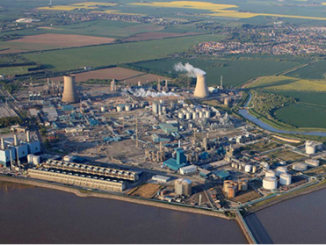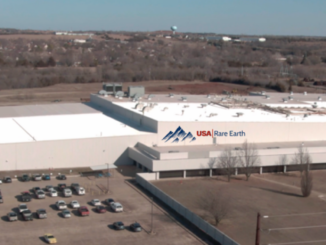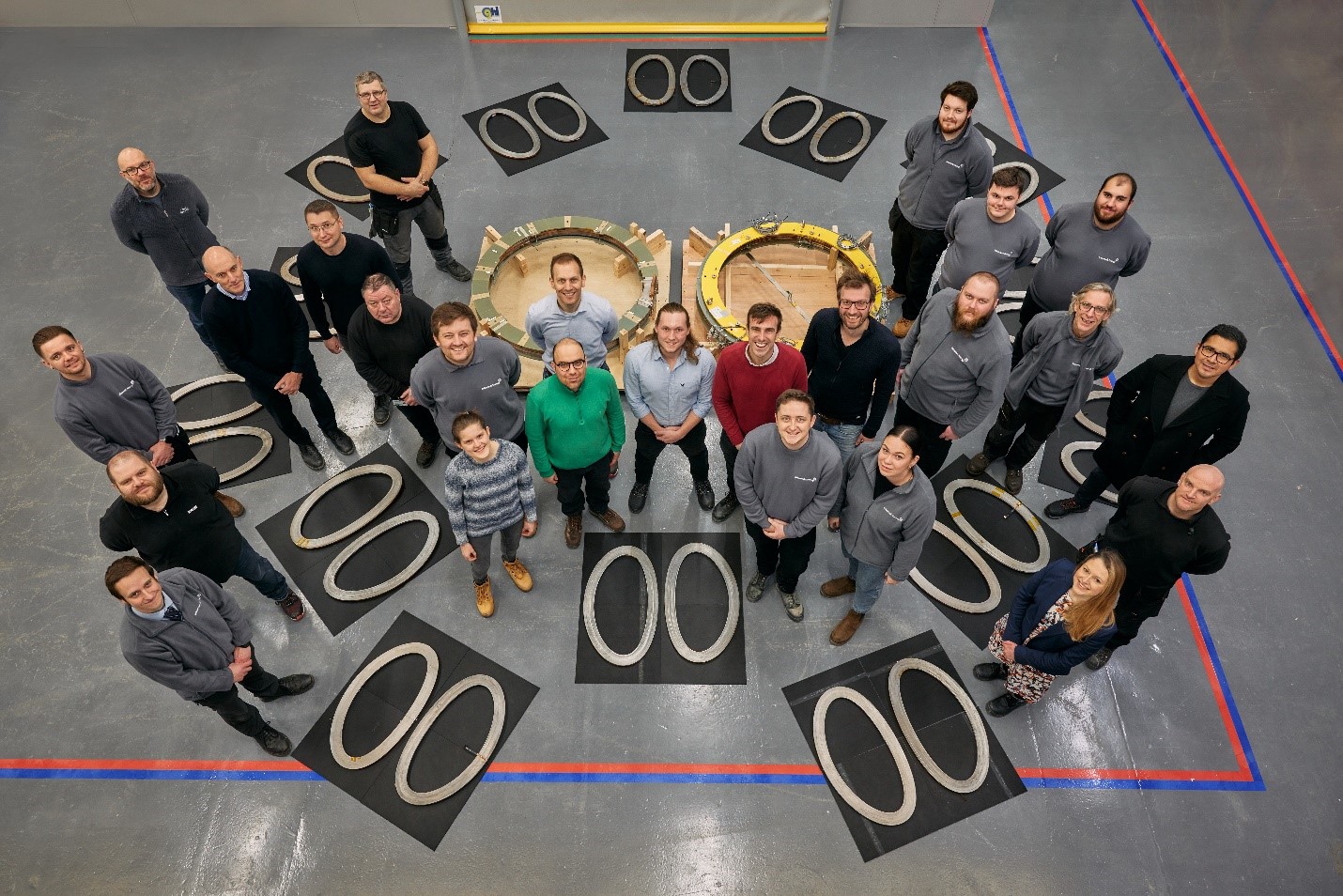
Creating clean, sustainable fusion energy requires strong magnetic fields to confine and control the extremely hot, positively-charged hydrogen fuel, which becomes a plasma several times hotter than the sun. Now, Tokamak Energy in the UK has built a world-first set of new generation high temperature superconducting (HTS) magnets to be assembled and tested in fusion power plant scenarios. The magnets use HTS tape from Furukawa Electric and SuperPower, a New York-based affiliate in the Furukawa Electric Group.
In other recent developments at Tokamak Energy, a former Rolls-Royce executive has been named managing director and plans have been cemented for an advanced prototype power plant to be built at UK’s Atomic Energy Campus.
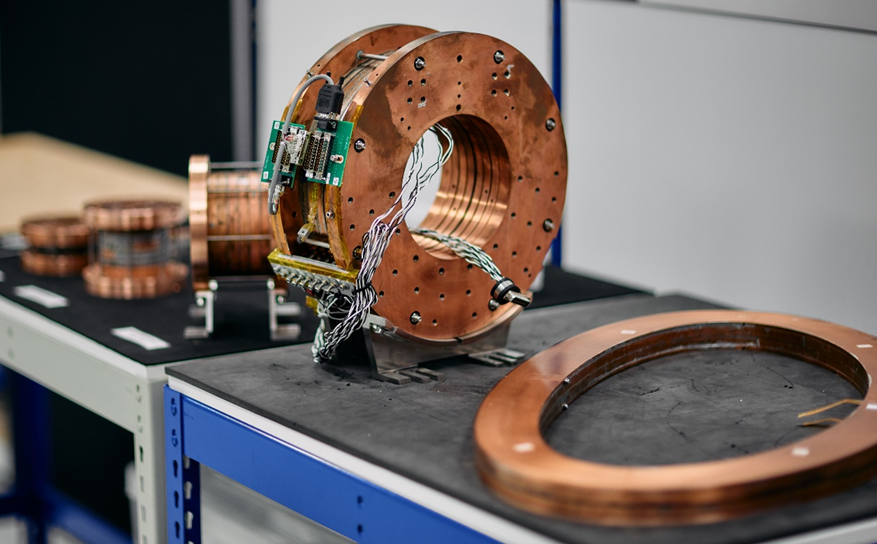
The company’s new Demo4 facility will consist of 44 individual magnetic coils recently manufactured using 38 kilometers of HTS tape, which carries currents with zero electrical resistance and requires five times less cooling power than traditional superconducting materials. Demo4 will have a magnetic field strength of over 18 Tesla, nearly a million times stronger than the Earth’s magnetic field.
The learnings from Demo4 will be a key catalyst for producing compact, low-cost spherical tokamak power plants. Full assembly at company headquarters in Milton Park, near Oxford, will complete this year and testing will extend into 2024, informing designs and operational scenarios for its advanced prototype, ST80-HTS, and subsequent fusion power plant, ST-E1.
“This is a huge, visible moment that we’re really excited about. Our magnets enable the construction and operations of spherical tokamaks, and so are a game changer for getting clean, limitless fusion energy on the grid faster,” said Dr. Rod Bateman, HTS magnet development manager. “Demo4 will allow us to create substantial magnetic forces and test them in fusion power plant-relevant scenarios. Importantly, it will substantially progress the technology readiness level of HTS magnets as a key part of our mission to demonstrate grid-ready fusion in the early 2030s.”
Demo4 will comprise 14 toroidal field limbs and a pair of poloidal field coil stacks to form a cage-shaped structure. It will need be tested at an extremely low temperature of minus 253 C, just 20 degrees above absolute zero.
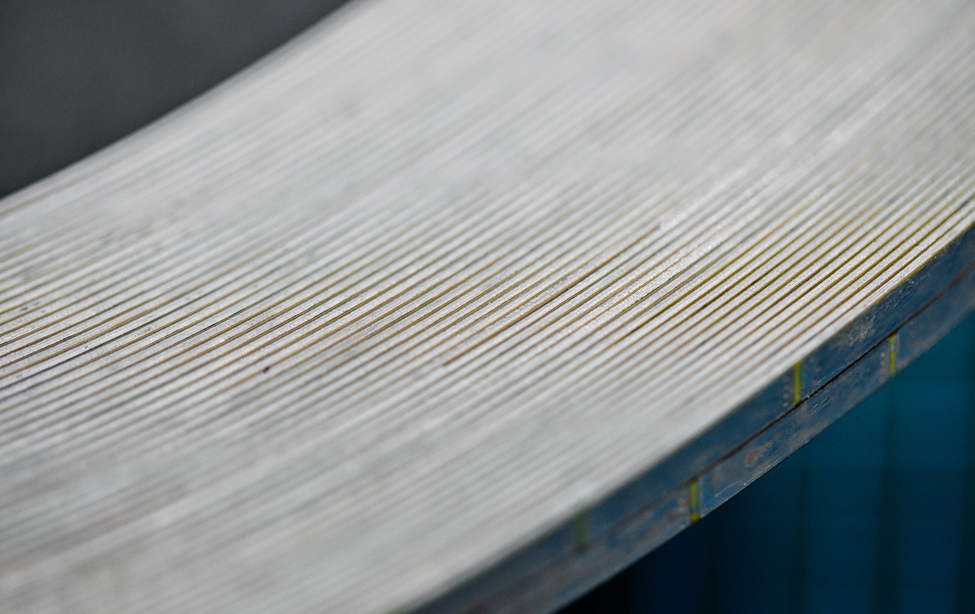
Strong magnetic fields are generated by passing large electrical currents through arrays of electromagnet coils that surround the plasma in a power plant. The magnets are wound with precision from state-of-the-art HTS tapes, which are multi-layered conductors made mostly of strong and conductive metals, but with a crucial internal coating of rare earth barium copper oxide superconducting material. The tapes are typically 12mm wide and less than 0.1 mm thick, containing just a ‘human hair’ of the oxide deposited as a thin coating.
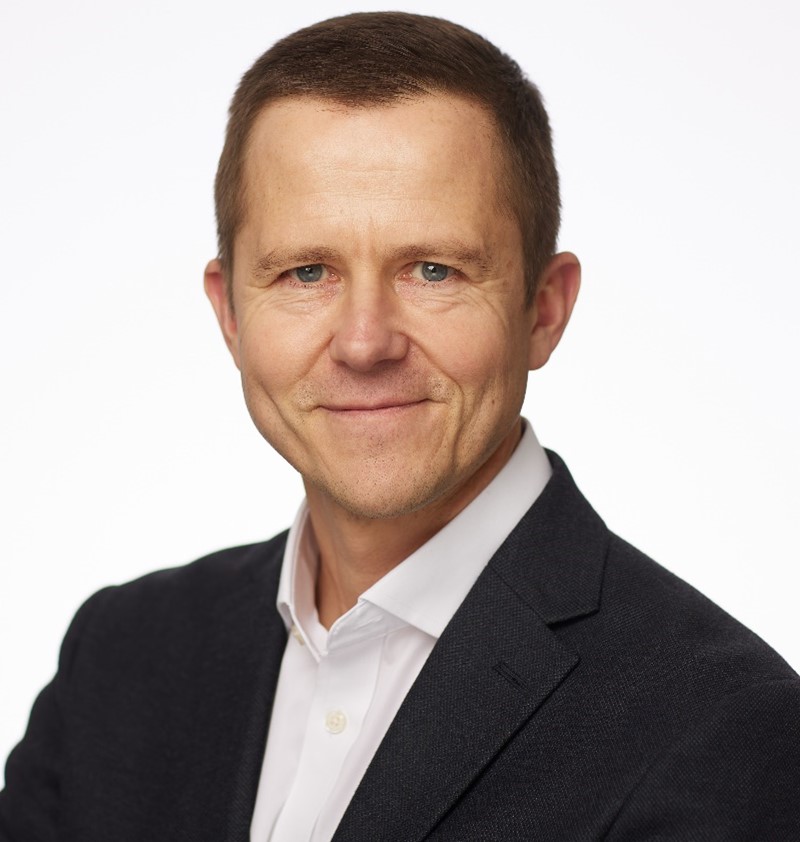
On February 23, the company announced the appointment of Warrick Matthews as managing director and chief commercial officer. He joins a 24-year career with Rolls-Royce where most recently he was chief procurement officer for the civil aerospace division, in another position he led a team of more than 2,000 people in the engine control systems business unit.
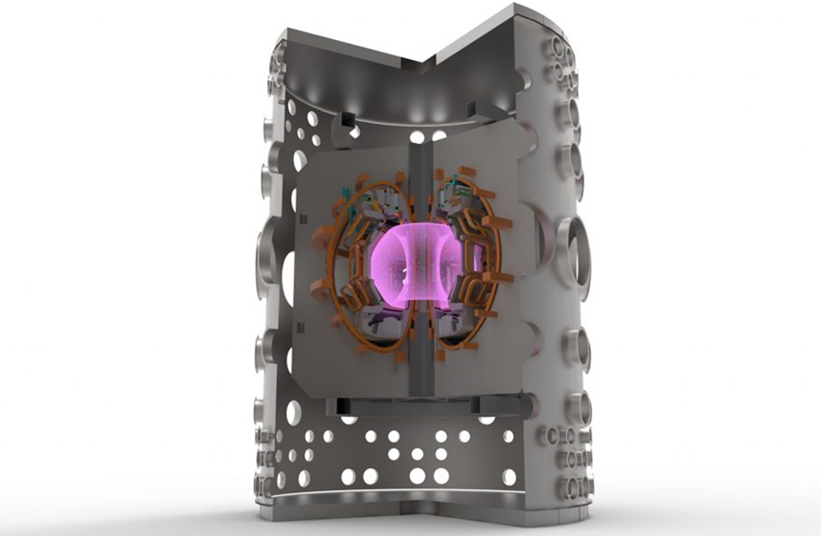
Also in February, the company announced that it will build a new fusion energy advanced prototype with power plant-relevant magnet technology at the UK’s Atomic Energy Authority’s (UKAEA) Culham Campus near Oxford. Its compact spherical tokamak, ST80-HTS, will demonstrate multiple technologies required for the delivery of clean, sustainable fusion energy and will include a complete set of its HTS magnets. Constructing the new purpose-built facility is targeted for completion in 2026.
ST80-HTS will target the significantly longer pulse durations needed for sustained high power output in commercially competitive fusion power plants. It will also inform the design of its ST-E1 fusion pilot plant for demonstrating the capability to deliver electricity into the grid in the early 2030s at up to 200 MW of net electrical power.
Tokamak Energy’s current ST40 fusion device has recently been upgraded to enable experiments relating to future features that will be incorporated in both ST80-HTS and ST-E1. Last year it achieved a 100 million degrees Celsius fusion plasma – the highest temperature ever recorded in a compact spherical tokamak.
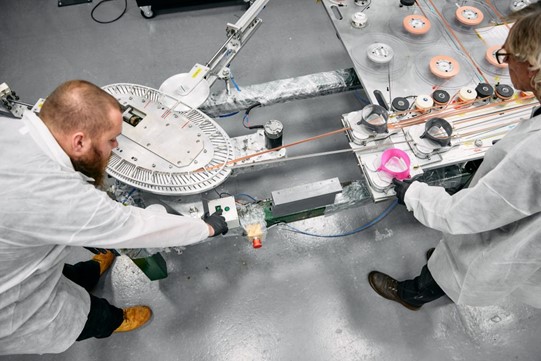
In January, Tokamak Energy announced it had contracted with Furukawa Electric of Tokyo and SuperPower of New York, a subsidiary in the Furukawa Electric Group, to provide more than several hundred kilometers of HTS tape for the next phase of construction of ST80-HTS. SuperPower is producing the tape at its plant in New York. The companies are also evaluating scale-up plans to meet the requirements for Tokamak Energy’s ST-E1 pilot plant and future commercial fusion power plants. For more info, www.tokamakenergy.co.uk.

